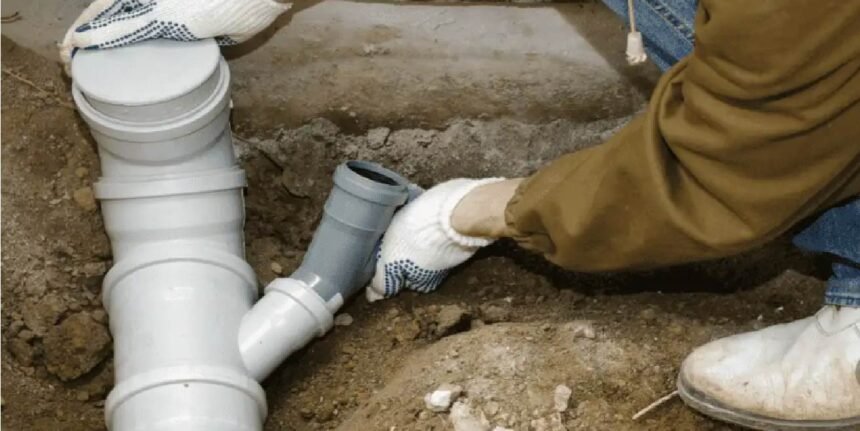When your drains start backing up, leaking, or showing signs of wear and tear, traditional repair methods can be disruptive and expensive. Fortunately, there’s a more efficient solution available today, pipe relining, a modern technique that offers long-lasting drain repairs without the hassle of digging or replacing entire pipe systems.
The Problem with Traditional Drain Repairs
For decades, fixing damaged or blocked pipes meant excavating floors, gardens, or driveways to reach the problem area. This process was not only time-consuming but also messy and costly. Homeowners and businesses often faced days of disruption, noise, and unexpected expenses.
Additionally, older methods didn’t always guarantee a permanent fix. Pipes were patched or replaced, but root intrusion, corrosion, and ground movement would eventually cause the same issues to return. As a result, many property owners started looking for a better way to handle recurring drainage problems.
How Pipe Relining Works
Pipe relining revolutionizes the way we repair underground plumbing systems. Rather than replacing damaged pipes, this method involves inserting a flexible, resin-coated liner into the existing pipeline. Once in place, the liner is inflated to press against the inner walls of the pipe, and the resin is cured to form a solid, seamless pipe within a pipe.
The result is a durable new lining that restores the pipe’s structural integrity without the need to excavate. The new pipe is resistant to corrosion, tree root intrusion, and future cracking—making it ideal for both residential and commercial plumbing systems.
Benefits of Pipe Relining
One of the main reasons pipe relining is gaining popularity is its range of advantages over traditional repair methods:
- Minimal Disruption: No digging means no destruction to landscaping, flooring, or walls. This is especially beneficial for heritage properties or urban areas with limited access.
- Quick Installation: In many cases, relining can be completed within a day. This rapid turnaround reduces inconvenience for homeowners and helps businesses avoid costly downtime.
- Cost-Effective: While the initial cost may seem comparable to excavation, the overall savings from reduced labor, restoration, and downtime make it a more economical option in the long run.
- Durability: Relined pipes are built to last for decades—often with warranties of 25 to 50 years. They’re resistant to corrosion, blockages, and pressure from shifting ground.
- Eco-Friendly: Since the existing pipes are retained and no heavy machinery is used for digging, relining has a much smaller environmental footprint.
Ideal Applications for Pipe Relining
Pipe relining is suitable for a wide range of drainage systems and materials, including clay, PVC, cast iron, and concrete pipes. It’s particularly useful for:
- Cracked or fractured pipes due to soil movement or aging.
- Root-intruded drains where tree roots have broken through joints or weakened sections.
- Corroded pipes suffering from rust and scale buildup.
- Leaking joints that cause water damage or foul odors.
- Vertical stacks and concealed pipework in multi-story buildings.
This method can be used in both small-scale residential homes and large-scale industrial or commercial premises.
What to Expect During the Process
The first step in pipe relining is a thorough inspection using CCTV cameras. This helps plumbing professionals assess the extent of the damage and determine the best approach.
Once the damage is mapped, the pipes are cleaned using high-pressure water jets to remove debris, scale, and roots. Then, the resin-soaked liner is inserted and inflated, curing in place to form a strong new pipe.
After curing, another CCTV inspection is carried out to ensure the new lining is correctly installed and that the flow is fully restored.
Why Consider Pipe Relining Now?
Ignoring persistent drain problems can lead to more serious issues over time—such as water damage, mold growth, and structural weakening of your property. Pipe relining offers a proactive and permanent solution that saves money, time, and stress in the long term.
In an age where sustainability and efficiency are valued more than ever, it makes sense to choose methods that prioritize both. Pipe relining not only resolves current issues but also reinforces your drainage system against future problems.







